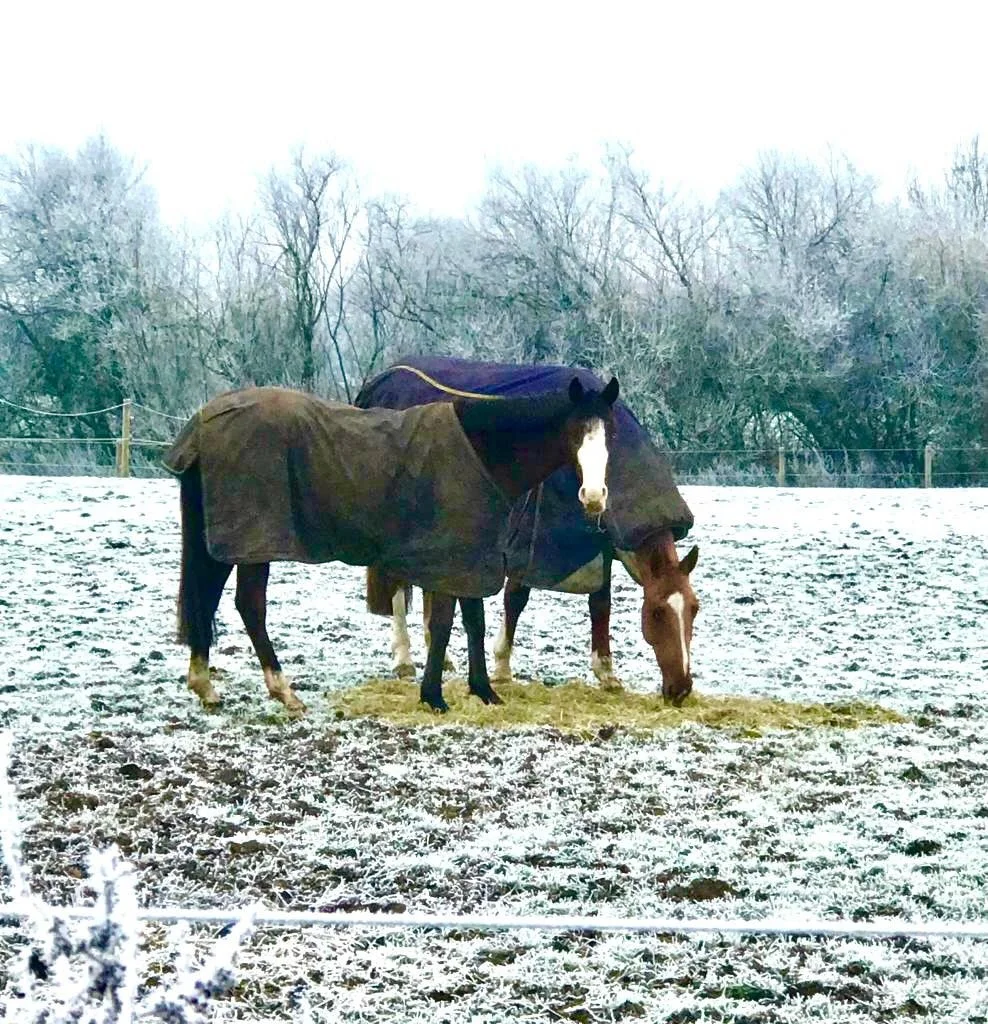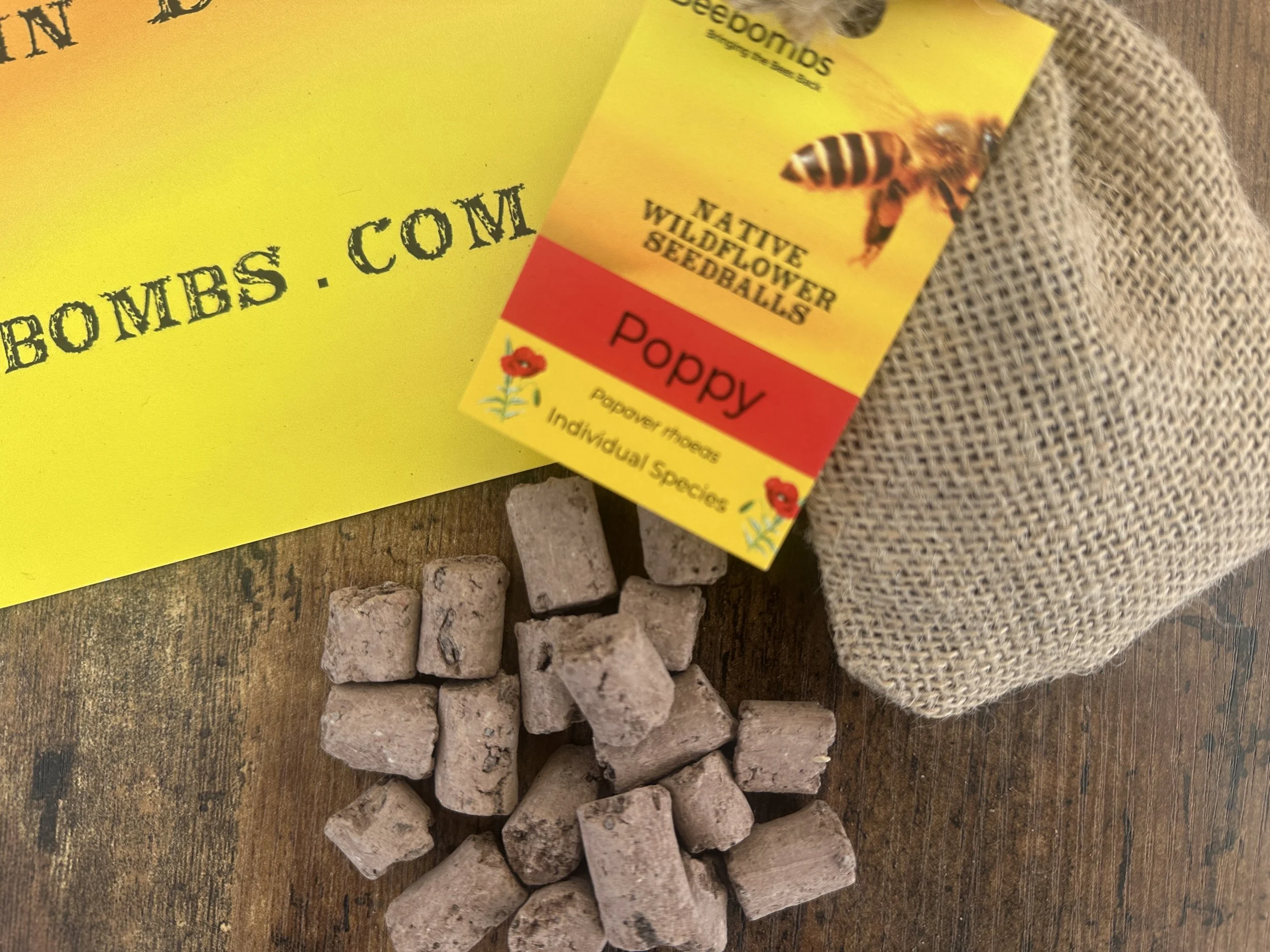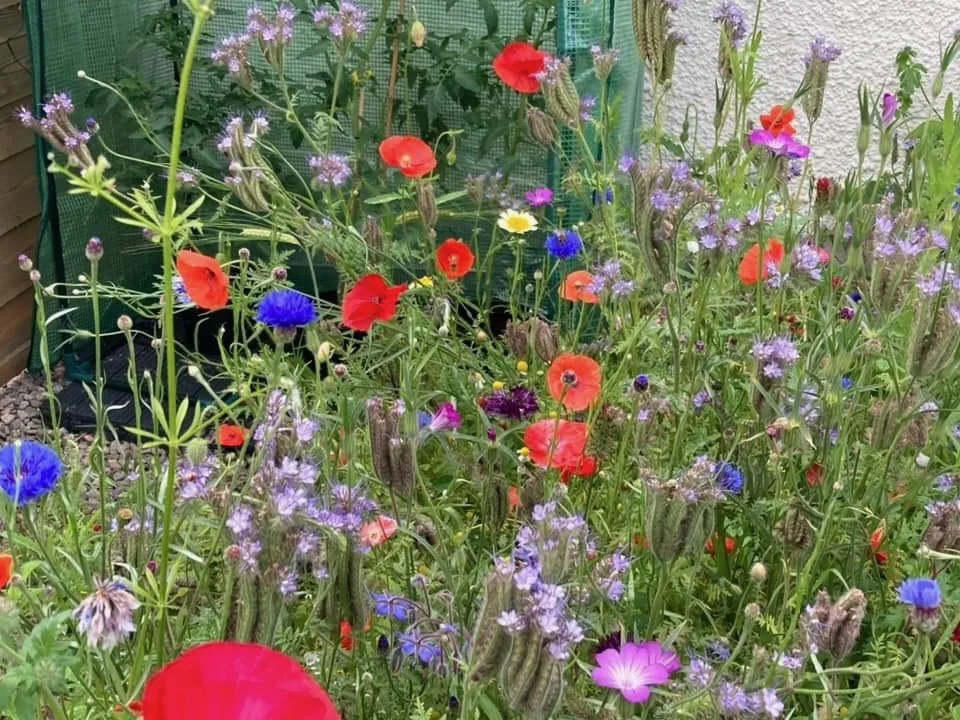It might feel counterintuitive to be gardening when the ground is soft with rain and the days are short. But while the garden looks fast asleep, January is actually a brilliant time to start thinking about your wild space.
Read MoreThe popularity of sustainable gifting is rising, driven by a combination of environmental awareness, consumer values, and a growing realisation that traditional gifting practices can lead to waste and regret.
Read MoreBiodiversity Net Gain made easy and cost effectively with Beebombs seedballs. Build for nature and our wider community.
Read MoreHow to create a wildflower meadow
Clear a patch of soil, scatter Beebombs, and let nature do the rest. A mini wildflower meadow supports bees, butterflies, and other pollinators while transforming your garden into a colourful, low-maintenance space.
TL;DR: Bees are drawn to a wide range of nectar- and pollen-rich flowers. The 18 native species in Beebombs include some of the very best for pollinators, ensuring food sources across spring, summer, and autumn.
Read MoreHow to help Bees in your garden. A guide to supporting your local pollinators
Read MoreRetailer spotlight on Studi0 39
Read MoreBeebombs Wildflower Meadows Capture Tens of Thousands of Tonnes of CO₂
Read MoreAutumn or Spring?
Read MoreDo seedballs work? Your questions answered
Read MoreSeedballs are simple but effective: clay, soil, and native seeds combined into protective balls that wait for the right conditions to germinate. The clay shields seeds from birds, rodents, and harsh sun, while the soil provides nutrients for early growth. Scatter them by hand, sling, or drone, and they reach places machinery and planting crews cannot.
Read MoreA bespoke Beebomb case study for the Legal sector
Read MoreHow to turn your garden into a wildflower meadow
Read More25 bespoke Beebombs with “Spread the Love” branded tags, created as thoughtful eco gifts by a small, sustainability-minded homewares boutique.
Read MoreA wild encounter as a Beewolf attacks a feeding sweat bee
Read MoreEco gifting to support grassroots “Eco Club Pledge” initiative
Read MoreSustainable merchandise options have a significant impact on consumer behavior and preferences, driving a shift towards more environmentally conscious purchasing decisions. Here's how sustainable options are influencing consumers:
Read MoreA genuine super wildflower with 34% sugar content. A favourite for many pollinators
Read MoreThe Knepp Estate in West Sussex, England, stands as a shining example of how rewilding efforts can transform landscapes and revitalize ecosystems. This pioneering project, initiated by Charlie Burrell and Isabella Tree in 2001, has become a beacon of hope for conservation efforts worldwide
Read MoreTransforming a patch of your garden into a vibrant wildflower meadow is an excellent way to support local pollinators and restore lost biodiversity. In the UK, where 97% of natural bee and butterfly habitat has vanished since World War II, creating these havens is more crucial than ever. Let's explore how to use Beebombs to establish your own wildflower oasis.
Read More




















